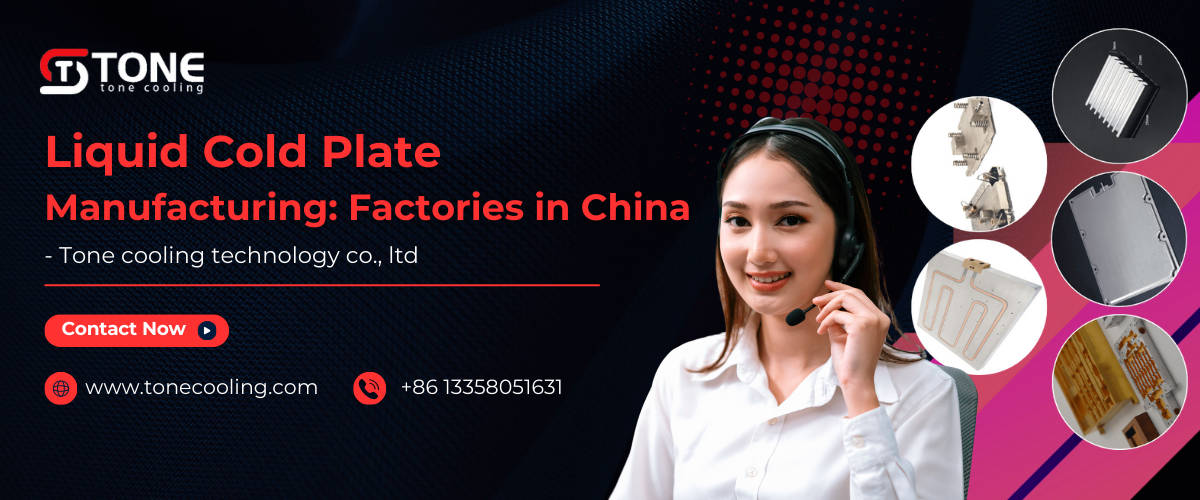Heat management is a critical aspect of modern electronics. With devices becoming more compact and powerful, managing heat effectively is crucial to maintaining optimal performance. This is where Vapor Chambers have taken the spotlight, offering a highly efficient and innovative approach to heat dissipation.
A vapor chamber is an advanced thermal management device designed to efficiently dissipate heat from high-performance electronic components such as CPUs, GPUs, and power modules. It operates on the principle of two-phase heat transfer, where a small amount of liquid (usually water) sealed inside the chamber absorbs heat from a heat source, causing the liquid to evaporate. The resulting vapor spreads across the chamber, distributing heat uniformly.
As the vapor reaches a cooler surface, it condenses back into liquid form, releasing the absorbed heat. This continuous cycle of evaporation and condensation ensures rapid heat dissipation, preventing electronic components from overheating. Vapor chambers are widely used in modern smartphones, laptops, gaming consoles, data centers, and industrial equipment, allowing these devices to maintain optimal performance even under intense workloads. Compared to traditional heat sinks, vapor chambers offer superior thermal conductivity, compact design, and enhanced cooling efficiency, making them ideal for compact and high-performance electronic devices.
What is a Vapor Chamber?
A vapor chamber is an advanced two-phase heat transfer device that uses the principles of evaporation and condensation to distribute heat evenly across a surface. It is a flat, vacuum-sealed metal chamber filled with a small amount of liquid, usually water.
The liquid inside the chamber vaporizes when exposed to heat, carrying the heat to cooler areas where it condenses and releases the heat. This continuous cycle significantly enhances the heat dissipation capacity of electronic devices.
Key Components of a Vapor Chamber
A typical vapor chamber consists of:
- Metallic enclosure: usually made of copper or aluminum.
- Wick Structure: Helps with capillary action for liquid movement.
- Working Fluid: Often water, but can vary depending on application.
How a Vapor Chamber Works
The process begins when the heat source (such as a CPU or GPU) transfers heat to the chamber’s base. The working fluid evaporates, carrying heat to the cooler surface. The heat is then released, condensing the vapor back to liquid. This continuous phase-change cycle effectively regulates device temperature.
Why Is Heat Management Crucial in Electronics?
Impact of Heat on Electronic Devices
Excessive heat in electronic devices can lead to:
- Reduced Performance
- Shortened Lifespan
- Increased Power Consumption
- Potential Device Failure
Common Heat Management Methods
Traditionally, devices used:
- Heat Sinks
- Cooling Fans
- Thermal Pads
However, these methods often fall short in compact, high-performance devices, making vapor chambers the ultimate solution.
How Vapor Chambers Work in Electronics
-Heat Absorption Process
The chamber’s base absorbs heat from the component.
-Vaporization and Condensation Cycle
The working fluid vaporizes, travels to a cooler area, and condenses back to liquid.
-Heat Dissipation to Heat Sink
The condensed liquid returns to the heat source, and the cycle repeats continuously.
Benefits of Using Vapor Chambers in Electronics
1. Superior Heat Dissipation
Vapor chambers can dissipate heat up to 20 times faster than traditional heat sinks.
2. Space-Saving Design
Due to their flat structure, they occupy minimal space, allowing for slimmer devices.
3. Enhanced Device Performance
Devices remain cooler, allowing for higher processing power and reduced thermal throttling.
4. Prolonged Device Lifespan
By maintaining lower temperatures, vapor chambers significantly extend the life of electronic components.
Applications of Vapor Chambers in Electronics
1. Smartphones and Tablets
Vapor chambers prevent overheating in high-performance mobile devices.
2. Laptops and Computers
Enhance cooling for gaming and high-processing laptops.
3. Data Centers and Servers
Essential in reducing heat buildup in large server systems.
Why Are Companies Moving Towards Vapor Chambers?
The increasing demand for:
- Slimmer devices
- Higher performance
- Efficient heat management
has pushed companies to adopt vapor chambers as the ultimate cooling solution.
Tone Cooling Technology Co., Ltd.: Leading the Innovation
Tone Cooling Technology Co., Ltd. is a leading manufacturer of vapor chambers, offering high-quality heat dissipation solutions for various industries.
Their innovative approach ensures:
- Efficient heat management
- Space optimization
- Product longevity
Future Trends in Heat Management
The future will witness:
- Hybrid cooling solutions
- AI-powered thermal management
- Integration in smart devices and wearables
The adoption of vapor chambers in electronics has revolutionized the way heat is managed, allowing devices to perform optimally without overheating. With manufacturers like Tone Cooling Technology Co., Ltd. leading the way, we can expect more advanced and compact cooling solutions in the future.
FAQs
1. What is the primary function of a vapor chamber in electronics?
The primary function is to distribute heat evenly and dissipate it efficiently to prevent overheating.
2. Are vapor chambers better than traditional heat sinks?
Yes, vapor chambers offer superior heat dissipation and space efficiency compared to traditional heat sinks.
3. Can vapor chambers be used in gaming consoles?
Absolutely! Most high-performance gaming consoles now use vapor chambers for optimal cooling.
4. How long does a vapor chamber last in a device?
With proper maintenance, a vapor chamber can last the entire lifespan of the device.
5. Is it expensive to integrate a vapor chamber in electronics?
Initially, yes, but the long-term benefits in performance and durability outweigh the cost.






